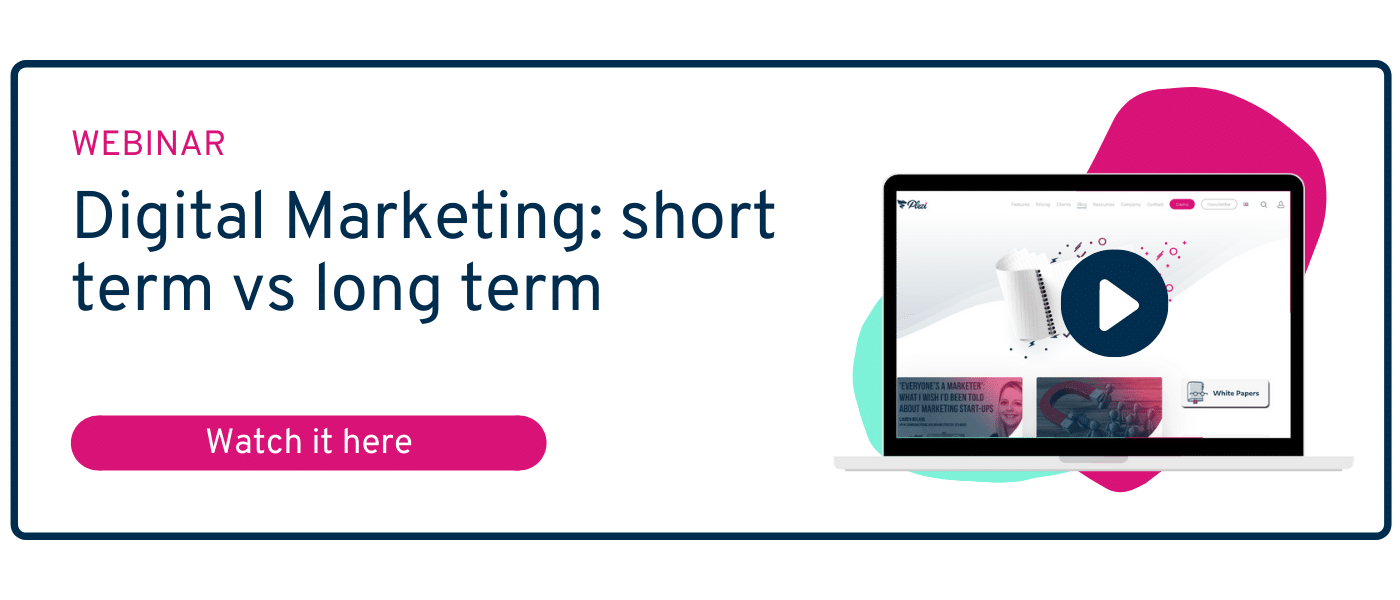Many people are unsure about the difference between a lead and a prospect and often, you can hear the same word being interchanged to refer to the same thing. But are they the same? No.
But what is the difference between a lead and a prospect? This question is often asked, and the answers are often different depending on the company and the team! It’s time to take stock of these two terms and understand the difference.
 Lead or prospect: what is the difference?
Lead or prospect: what is the difference?
The difference relies on their level of maturity within the sales cycle.
Let me explain: a lead is a simple contact that you only have limited information on, but who may have shown interest in your company – it may be a contact from an event or someone who has responded to an email. They cannot be considered a prospect – that is to say, a potential customer.
So, a lead becomes a prospect once it is considered qualified and given to a salesperson. The fundamental difference between a lead and a prospect is that the former shows an interest while the latter shows an intention.
Some companies also talk about cold leads, to talk about people who have shown an interest but without a real project behind it, and warm leads, to talk about people who have a concrete act of purchase to make.
Why should you care about the difference between a lead and a prospect?
Considering a lead as a prospect too soon means exposing yourself to losing everything.
The relationship that was established, the trust that was built up, can all be extinguished at once if you are too abrupt.
On the other hand, if your leads start to formalize a project, an intention to buy your solution, it’s time to hand them over to the sales teams who will provide a response to their needs. This is where lead nurturing will play a role, by sending your leads content to better qualify them and pass them on to the sales team at the right time.
The difference in treatment between a lead and a prospect
As you can see, leads and prospects are not at the same level of maturity with respect to your offer. It is therefore essential to treat them differently.
For the lead, who is interested but not yet convinced, you will have to propose “Awareness” content such as articles or guides to make him understand that he has a problem to solve.
For the prospect, who has expressed an intention towards your offer, you will have to propose “Evaluation” content, to help them make a purchase, accompany them in their decision making and prove to them that you are the best placed to solve their problem.
How to transform a lead into a prospect?
Here, there are two options:
- Have someone (normally an SDR) go and get information about the prospect and/or call them to pre-qualify.
- Use software like Plezi to detect as soon as a lead becomes “hot”, and qualify it based on their interests.
You can set up a “lead scoring” strategy, which consists of assigning a score to each action taken by your lead. So, if a person downloads a new guide, reads several articles or watches a webinar, they will earn points. And logically, the more points they have, the more interest he shows in your offer and the more potential they have to become a qualified prospect.
Then, the “qualified contact” can be transferred to a salesperson immediately for initial contact, what’s more, we can also predict the probability of their purchase with a forecast for turnover.
Within B2B, a large amount of sales work is about converting prospects into opportunities, meaning “qualifying” leads that have been generated by campaigns and other marketing operations. On the other hand, with outbound marketing, salespeople contact as many people as they can (often badly qualified) and the research on them is not only done manually but can take a large amount of time with limited response.
The solution to this has to be marketing automation.
Marketing automation tools allow you to have a very clear idea of your prospect’s interests. For each given contact, you’re able to see what pages they have visited on your site, what articles they read, content that has been downloaded and if they shared that with their network. Further to this, once a salesperson has access to this information as well, it informs their approach and what they know to be the prospect’s need.
Marketing automation solutions allow you to implement a lead nurturing strategy. This strategy consists in sending relevant and regular content to your leads, according to their interests and their progress in the sales cycle, in order to multiply the points of contact and thus accelerate their purchasing decision.
Rather than pre-empt the prospect’s readiness, you can contact them at the right time, just as they show signs of interest. It doesn’t mean that Sales don’t need to research who that person is (company, products, seniority etc). This is pretty easy to do – life must have been so much more complicated before Google and Linkedin!
The last step? The sales team need to convert that prospect’s potential into a reality! To close the sale.
Some of this can depend on how your company defines its calls cycle, or acquisition tunnel. But what is important is to make sure that both marketing and sales teams have the same viewpoint.
Learn how you can improve your lead generation with automation software by downloading our white paper below. Or let us know in the comments section best practice in your company.






